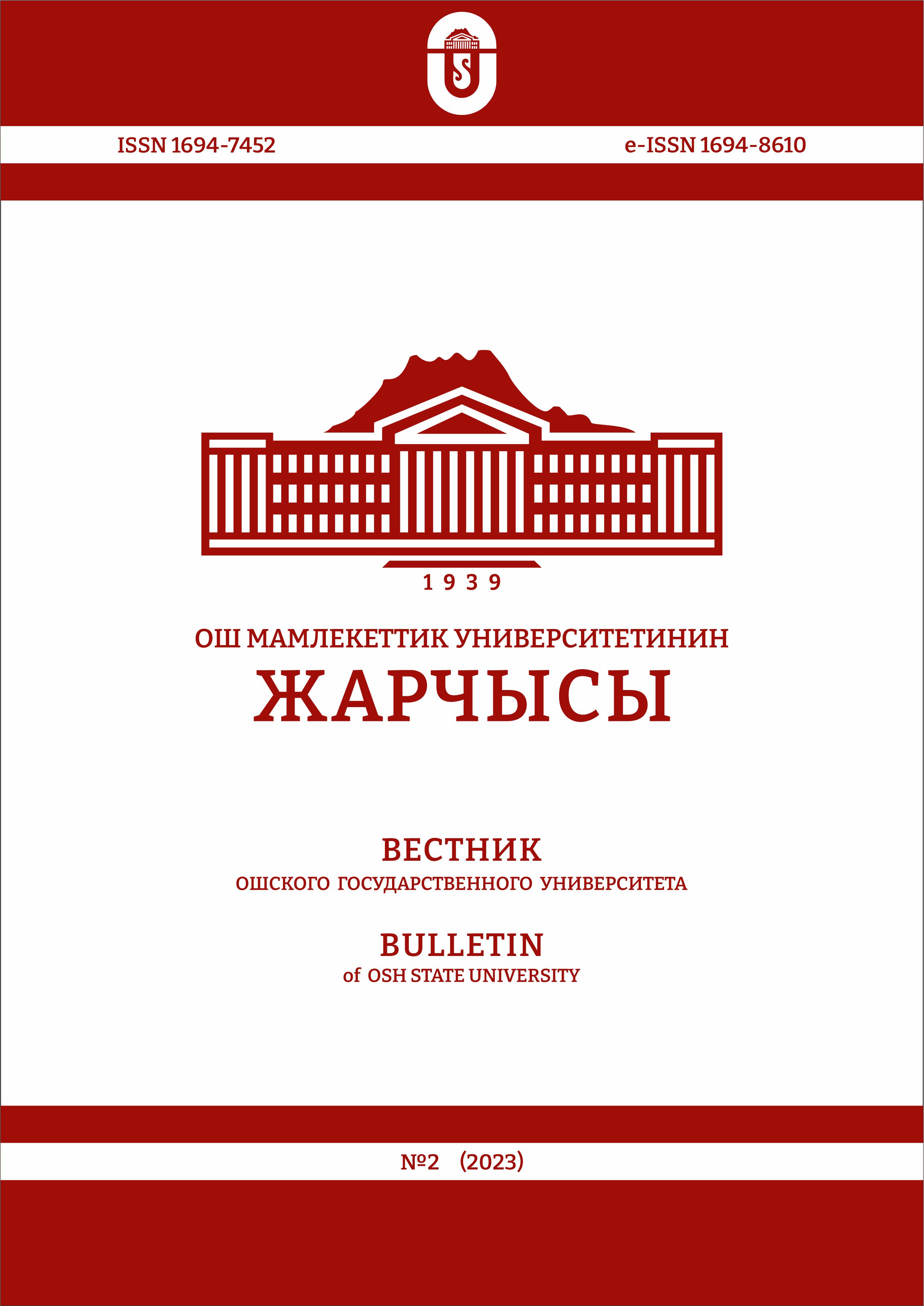UNITY AND OPPOSITION OF ACTIONS OF MEMBRANE STABILIZERS
DOI:
https://doi.org/10.52754/16948610_2023_2_2Keywords:
мембраностабилизаторы, аритмия, антиаритмические препараты, потенциал покоя, потенциал действия, реполяризация, , рефрактерный период, мышечная клетка сердцаAbstract
The subject of the study is antiarrhythmic agents that act as membrane stabilizers.
We conducted a study on the opposing effects of membrane stabilizers in the body, which have an antiarrhythmic effect. The objective of the study is to analyze, study, and identify the opposing effects of membrane stabilizers and how to use these conflicting actions of membrane stabilizers rationally for the benefit of the organism. The research methodology involves scientific methods of analysis, study, and investigation of membrane stabilizers. As a result, the following clinically significant outcomes have been obtained:
1. Membrane stabilizers affect the heart in a way that causes the impulse from the ectopic focus to fall within the refractory period, rather than during the resting potential. This is how arrhythmia is eliminated;
- If tachyarrhythmia is present, it is more appropriate to prescribe membrane stabilizers of class Ia and Ic to avoid exacerbating the already accelerated heart rate;
- If bradyarrhythmia is present, it is more appropriate to prescribe membrane stabilizers of class Ib to prevent further reduction in the heart rate accompanying the already slow heart rhythm;
- And if there is simply arrhythmia, it is more appropriate to prescribe membrane stabilizers of class Ic to maintain a normal heart rate. The peculiarity of the study is that for the first time, it was found that all subclasses of membrane stabilizers affect the heart in such a way that the impulse from the ectopic focus falls within the refractory period. The practical significance of the study lies in providing a rational use of membrane stabilizers for various types of arrhythmias.
Key words: membrane stabilizers, arrhythmia, antiarrhythmic drugs, resting potential, action potential, repolarization, refractory period, cardiac muscle cell.
References
В.Г. Кукес, (2006) Клиническая фармакология - М.: ГЕОТАР–Медиа, - 944с.
В.Г. Кукес, (2012) Клиническая фармакология и фармакотерапия – Москва. ГЕОТАР–Медиа, - 832с.
И.Б. Михайлов (2013) Клиническая фармакология – Основа рациональной фармакотерапии - Санкт Петербург. Фолиант. - 960с.
Бертрам Г., Катцунг (2007) "Базисная и клиническая фармакология. В 2 томах. Том1"; год издания.; переплет. твердый; количество страниц 648.
М.Р. Конорев (2015) Клиническая фармакология, фармакологическая терапия: пособие – Витебск: ВГМУ - 354с.
Филиппенко Н.Г., Поветкин С.В. (2009) Клиническая фармакология и фармакотерапия в таблицах, схемах и алгоритмах. Издание второе, дополненное и переработанное. Курск: КГМУ. – 171 с.
Downloads
Published
How to Cite
Issue
Section
License
Copyright (c) 2023 Bulletin of Osh State University

This work is licensed under a Creative Commons Attribution-NonCommercial 4.0 International License.



